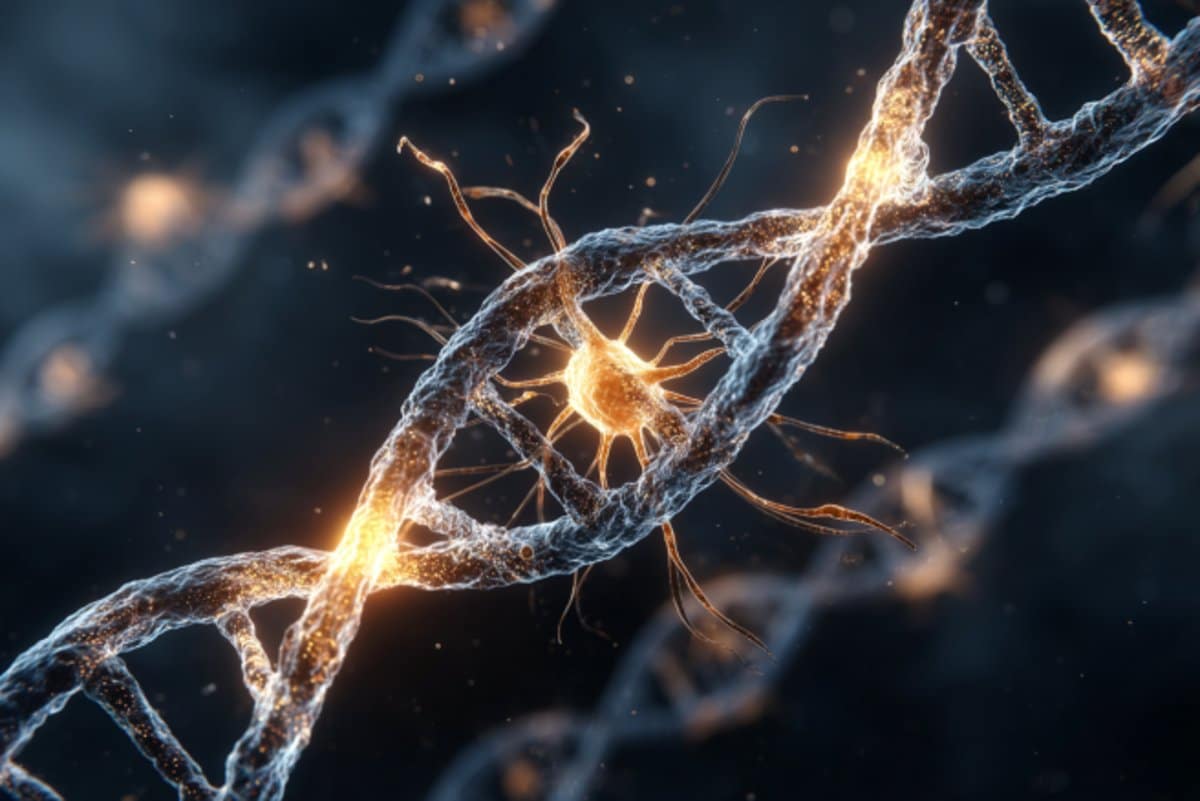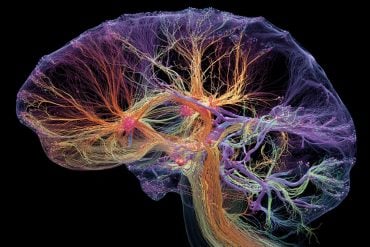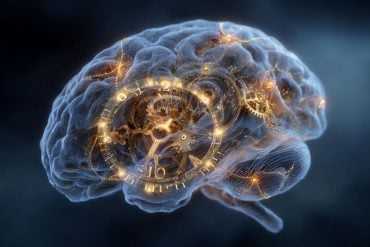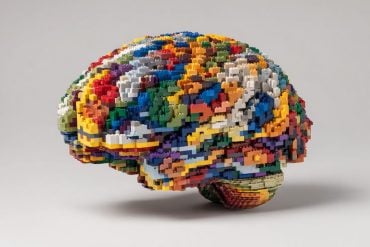Summary: Researchers have identified a genetic region, HAR123, that may help explain what makes the human brain unique. Acting as a transcriptional enhancer, HAR123 influences the development of neural progenitor cells, which give rise to neurons and glial cells, and plays a role in determining their ratio.
This regulation appears to support cognitive flexibility, a distinctly human trait involving the ability to adapt thinking and replace outdated knowledge. The discovery could advance our understanding of both brain evolution and the genetic roots of neurodevelopmental disorders like autism.
Key Facts
- Genetic Switch: HAR123 controls brain gene activity as a transcriptional enhancer.
- Cognitive Impact: Linked to advanced human traits like cognitive flexibility.
- Evolutionary Difference: Human HAR123 functions differently than the chimpanzee version.
Source: UCSD
Research from scientists at University of California San Diego School of Medicine have shed new light on an age-old question: what makes the human brain unique?
The team’s discovery comes from their investigation of human-accelerated regions (HARs) — sections of the human genome that have accumulated an unusually high level of mutations as humans have evolved.

There is a lot of scientific interest in HARs, as they are hypothesized to play an essential role in conferring human-specific traits, and also have links to neurodevelopmental disorders, such as autism.
One reason why scientists think that HARs confer human-specific traits is because they have undergone rapid changes in their genetic sequences since we split from our closest living relative—the chimpanzee—approximately 5 million years ago.
Now, UC San Diego researchers have identified one particular HAR—called HAR123—that appears to be instrumental in shaping the human brain.
The researchers found:
- HAR123 itself is not a gene, but is instead a type of molecular “volume control” known as a transcriptional enhancer. Transcriptional enhancers control which genes are activated, how much they are activated, and at what times they are activated during an organism’s development.
- Through its role as a transcriptional enhancer, HAR123 promotes the development of neural progenitor cells, the cells that give rise to the two main types of brain cells — neurons and glial cells.
- HAR123 also influences the ratio of neurons and glial cells that form from neural progenitor cells.
Ultimately, HAR123 promotes a particularly advanced human trait called cognitive flexibility, or the ability to unlearn and replace previous knowledge.
In addition to providing new insights into the biology of the human brain, the results also offer a molecular explanation for some of the radical changes that have occurred in the human brain over the course of our evolution.
This is supported, for example, by the authors’ finding that the human version of HAR123 exerts different molecular and cellular effects than the chimpanzee version in both stem cells and neuron precursor cells in a petri dish.
Further research is needed to more fully understand the molecular action of HAR123 and whether the human version of HAR123 does indeed confer human-specific neural traits. This line of research could lead us to a better understanding of the molecular mechanisms underlying many neurodevelopmental disorders, such as autism.
The study, published online in Science Advances, was led by Miles Wilkinson, Ph.D., distinguished professor, and Kun Tan, Ph.D., assistant professor, both within the Department of Obstetrics, Gynecology, & Reproductive Sciences at UC San Diego School of Medicine. Wilkinson is also affiliate faculty of the UC San Diego Institute for Genomic Medicine. The study was funded, in part, by grants from the National Institutes of Health and 10x Genomics. The authors declare no competing interests.
About this genetics and neuroscience research news
Author: Miles Martin
Source: UCSD
Contact: Miles Martin – UCSD
Image: The image is credited to Neuroscience News
Original Research: Open access.
“An ancient enhancer rapidly evolving in the human lineage promotes neural development and cognitive flexibility” by Miles Wilkinson et al. Science Advances
Abstract
An ancient enhancer rapidly evolving in the human lineage promotes neural development and cognitive flexibility
The genetic changes driving the evolution of humans since the human-chimpanzee split have been elusive. Here, we report a promising candidate in a chromosomal region linked with neurological defects—17p13.3.
We show that this 442-nucleotide sequence—human-accelerated region (HAR) 123—is a conserved neural enhancer that promotes neural progenitor cell (NPC) formation. While present in all mammals, HAR123 has rapidly evolved since humans diverged from chimpanzees.
The human and chimpanzee HAR123 orthologs exhibit subtle differences in their neural developmental effects, and the human HAR123 ortholog uniquely regulates many genes involved in neural differentiation.
We identified direct targets of the HAR123 enhancer and showed that HIC1 acts downstream of HAR123 to promote human NPC formation. HAR123-knockout mice exhibit a defect in cognitive flexibility and a shift in neural-glia ratio in specific regions of the hippocampus.
Our study has implications for neurodevelopmental disorders, which are often accompanied by altered neural-glia ratio and have been linked with HARs.






